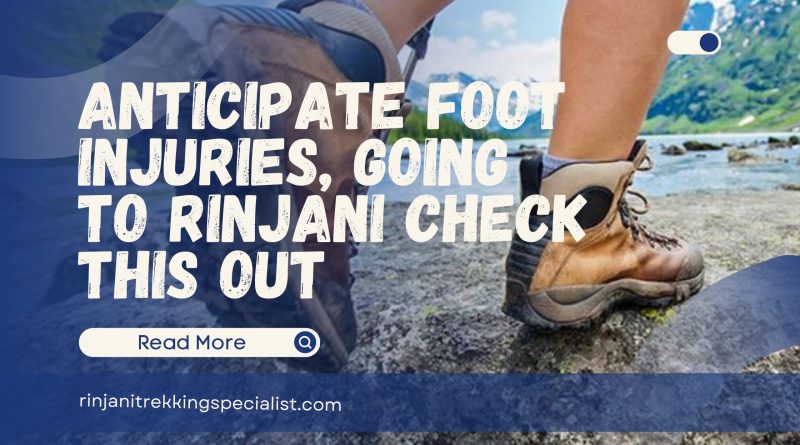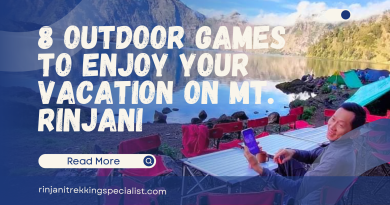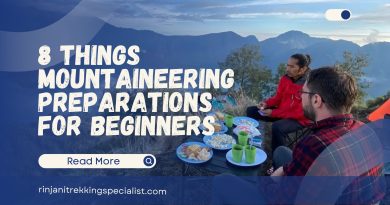Anticipate Foot Injuries, Going to Rinjani Check This Out
The most worrying situation when trekking a mountain is foot injuries and blisters. Injury must be avoided because the strength of the feet has the most crucial role.
In addition, mountain climbing is an activity that uses the feet and very few hands. Therefore, good preparation is an absolute must in order to avoid foot injuries.
Despite the preparation, some climbers have experienced injuries while climbing the mountain, whether it’s leg injuries, cramps, sprains, or blisters on the feet while climbing. The most common thing experienced by climbers is blisters on the feet.
Foot Injuries Are Uncomfortable
Foot injuries or blisters on the feet are a situation of reddened feet, peeling foot skin, and even swollen toes. It’s a very uncomfortable condition and it feels quite painful.
Imagine if that happened to you, my friend Parman Trekker. Of course, it is very unpleasant especially when the mountain climbing has not been completed. During the trip with blisters or foot injuries, the trip is very uncomfortable.
Indeed, it is usually due to improper shoe selection. When the condition of the foot injury, the climbers are unlikely to remove the shoes. Especially when in the steep terrain of Mount Rinjani.
For Parman trekker pals who want to go to Mount Rinjani, you must have anticipatory steps so that this does not happen. If the preparation is mature, we can avoid things like injuries or blisters on the feet.
Read here: Join the Adventures of Hiking this Volcanic Mountain
8 Steps to Prevent Injury or Blisters to the Feet
When climbing Mount Rinjani, you can do these seven steps. Where these simple steps can protect you from foot injuries or blisters when climbing Rinjani. what are the prevention steps? We will discuss it specifically for Parman trekker pals.
Wear Strong Shoes
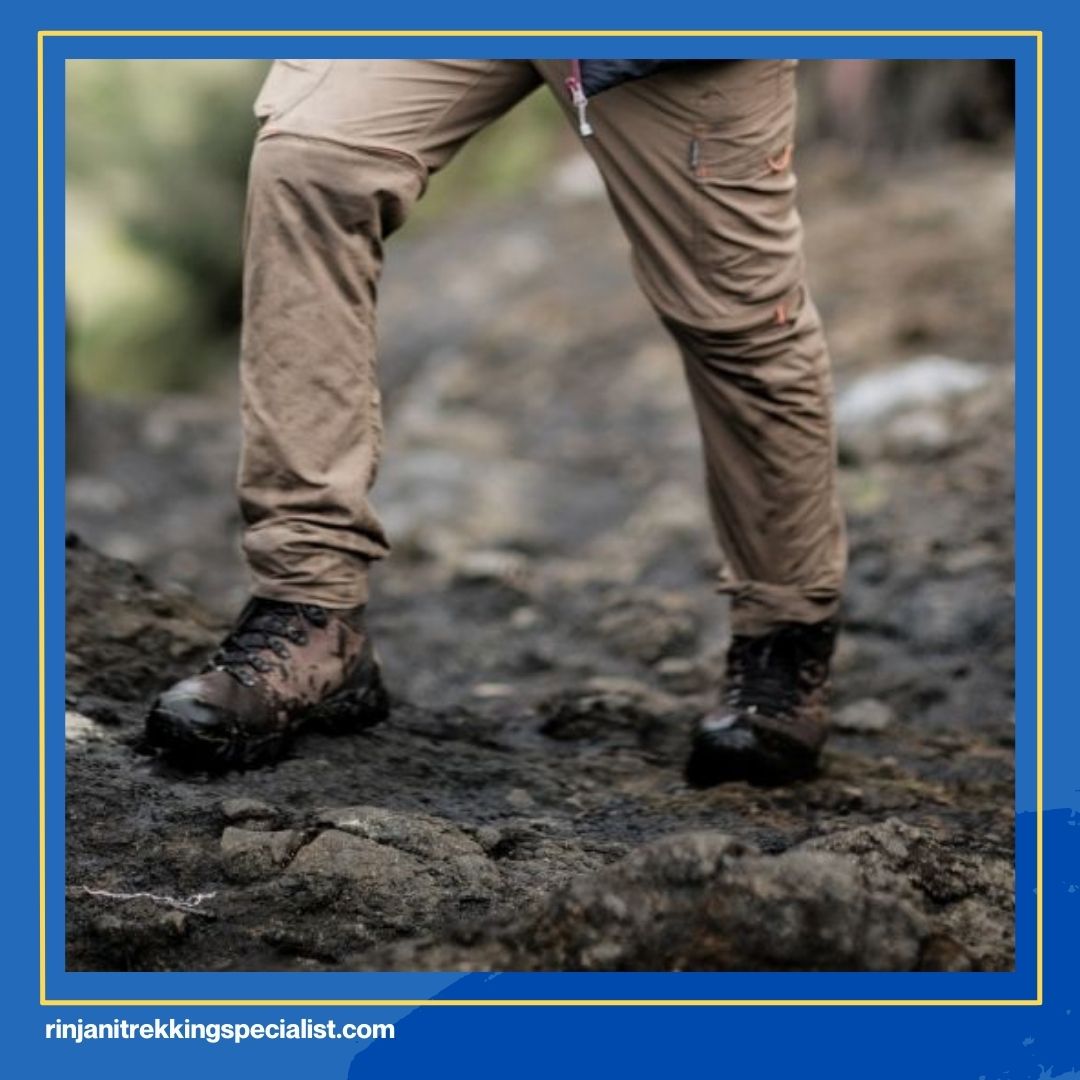
To prepare to climb Rinjani, the second-highest volcano in Indonesia, you should wear mountain shoes instead of running shoes. The difference between the two shoes lies in the shoe material and shoe base.
Mountain shoes have strong materials made of leather and a comfortable model frame for climbing. So that the feet do not experience blisters or injuries when trekking, especially on steep climbs. Making the skin of the feet vulnerable to blisters due to rubbing against the inside of the shoe.
In addition, choose a shoe sole that is strong and not easily separated. The complex and slippery contours of mountain soil require strong and sturdy shoe soles. It will be troublesome in the middle of the climb, suddenly the soles of your shoes come off.
Pay Attention To Shoe Size
Mountain climbing puts pressure on the skin of the feet. So choosing the right shoe size becomes a concern. So that the feet are not tormented by being squeezed by narrow shoes. To avoid injury and blisters, be selective in choosing shoe size, shoe neck, and shoe sole.
To avoid blisters and injuries, choose a shoe size that is slightly larger than your foot. When wearing shoes to the office, we wear the right size. Meanwhile, for shoes for mountain climbing, it does not apply. So what if the shoe size is too snug?
Making the shoe size expand is a solution so that your feet are not blistered or injured. If the shoe size is too snug, you can take steps by warming the shoes with a campfire or hair dryer. That way, the shoes will expand a little more.
In addition, storing shoes in a freezer one hour before hiking is another way to make shoes expand. The trick is to put plastic filled with water and let it freeze in the freezer. The effect of the water that has frozen, makes the shoes more fluffy.
Use Plaster on the Toe
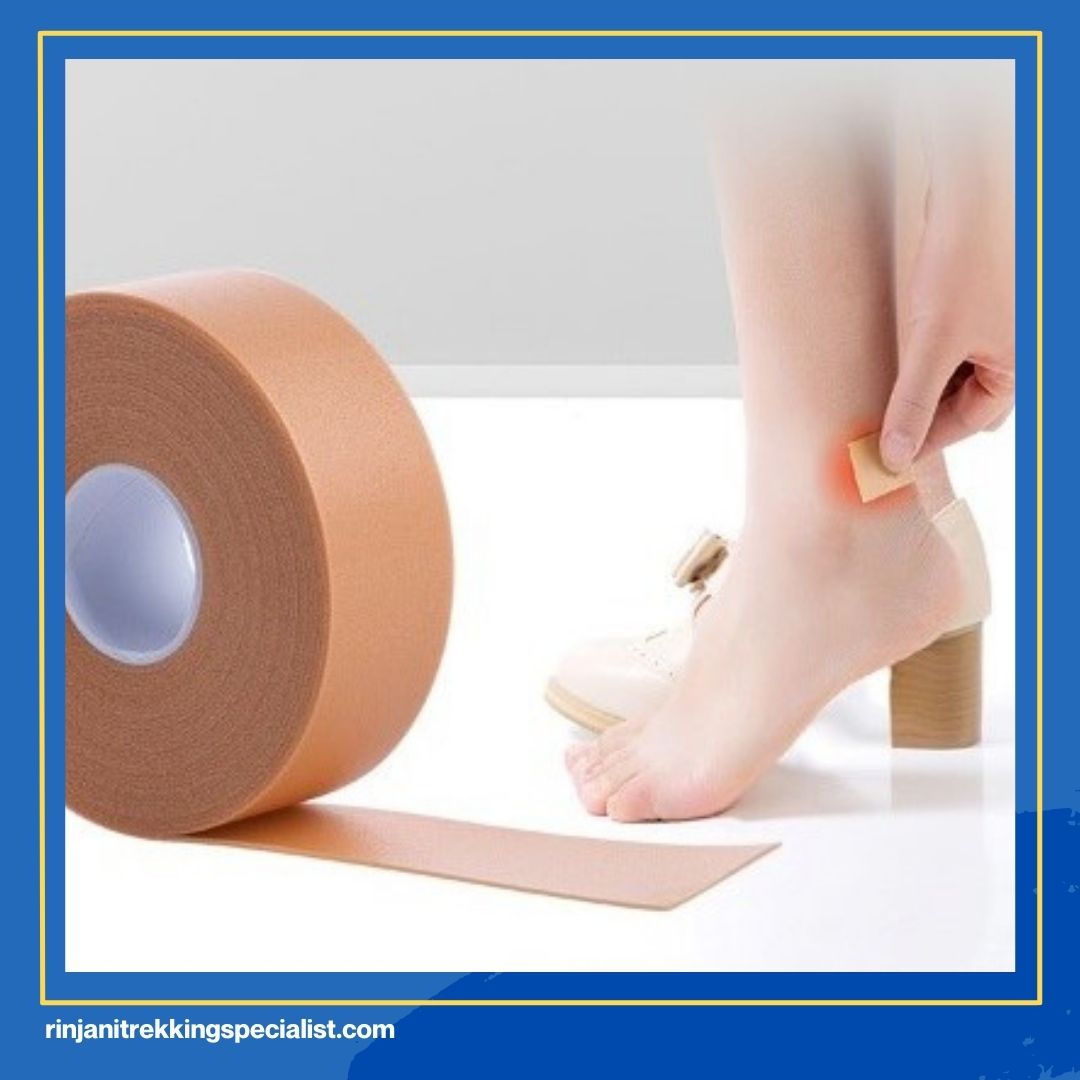
Choose shoes already, but still afraid of toe injuries. Maybe parman trekker pals can use a plaster to protect the toe from blisters. In addition, wearing thick socks can also protect the skin of the feet from injury and blisters.
Use Trekking Pole
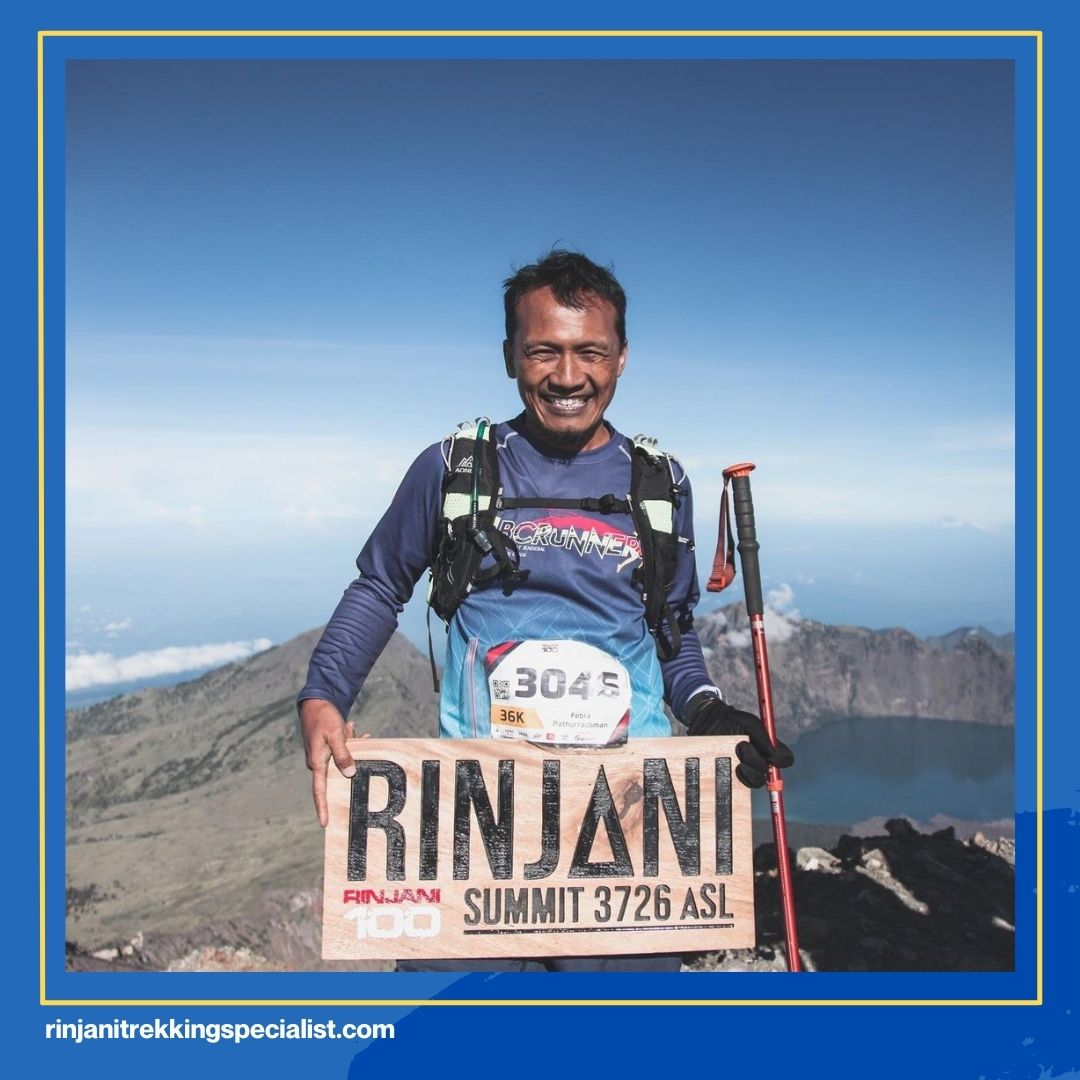
Another tool to reduce the burden on the feet when climbing Mount Rinjani is the trekking pole. Which is a kind of stick that helps climbers when trekking.
Especially on trekking trails that are quite steep and sharp. This tool is very helpful in preventing potential injuries and blisters on the skin of the feet. Meanwhile, the tool is quite easy to find. Various stores that sell mountain equipment provide multifunctional trekking poles.
Using Lotion
Lotions for the skin of the feet are useful for keeping the skin on the feet moisturized. But do not overdo it by using skin lotion so that the skin is not sticky. In addition, choosing the right socks can also prevent foot skin injury or blisters.
Before climbing Rinjani, pay attention to your toenails. You should cut the long nails before it become a problem during the climb. Because long nails make the trip uncomfortable, rubbing socks can make the skin of the feet become blisters.
Sprinkle Powder On The Feet
Another powerful move to prevent blisters and injuries is to sprinkle powder on the feet. because powder can make the feet more comfortable. Dry skin has the potential to make the skin itchy. It is better to choose a powder that has ingredients to overcome itchy skin for skin comfort.
Regulate Footsteps
It is important to regulate the rhythm of footsteps so that the skin of the feet does not experience blisters or injuries. Rushed footsteps can cause problems with your feet, parman trekker friend.
Therefore, Parman Trekker as an experienced trekking organizer guides Mount Rinjani climbers. Before climbing, we will educate our climbers including setting the right footsteps. The goal is to prevent injuries to the feet and blisters on the skin of the feet. Not only that, we will fulfill all the needs of the climbers including equipment and supplies.
Give Your Feet a Break

Your muscles and toes need rest. Cool down while at the rest area. Removing shoes can also reduce pain on the skin of the feet. And prevent more severe foot injuries or blisters.
Do not bend your legs because it can damage the leg muscles and nerves in your legs not relaxed. That way, your fingertips will recover on their own, avoiding potential foot blisters.
Summary
Hikers who are well-prepared will avoid foot injuries. It is important to make preparations such as wearing strong shoes, applying lotion, and applying footpowder. To set the right footsteps. The goal is to anticipate foot injuries while climbing the mountain.
As the second-highest volcanic peak in Indonesia, Mount Rinjani has attracted many tourists—especially climbers who are curious about the splendor above the peak and the beauty of the exotic lake.
Therefore, Parman trekker understands the needs of Rinjani climbers. In order not to experience foot injuries while on the mountain, we have anticipated the best steps for the comfort of the climbers.
Parman Trekker
North Lombok, West Nusa Tenggara, Indonesia Post Code 83354
Mobile Phone : +081353144856

